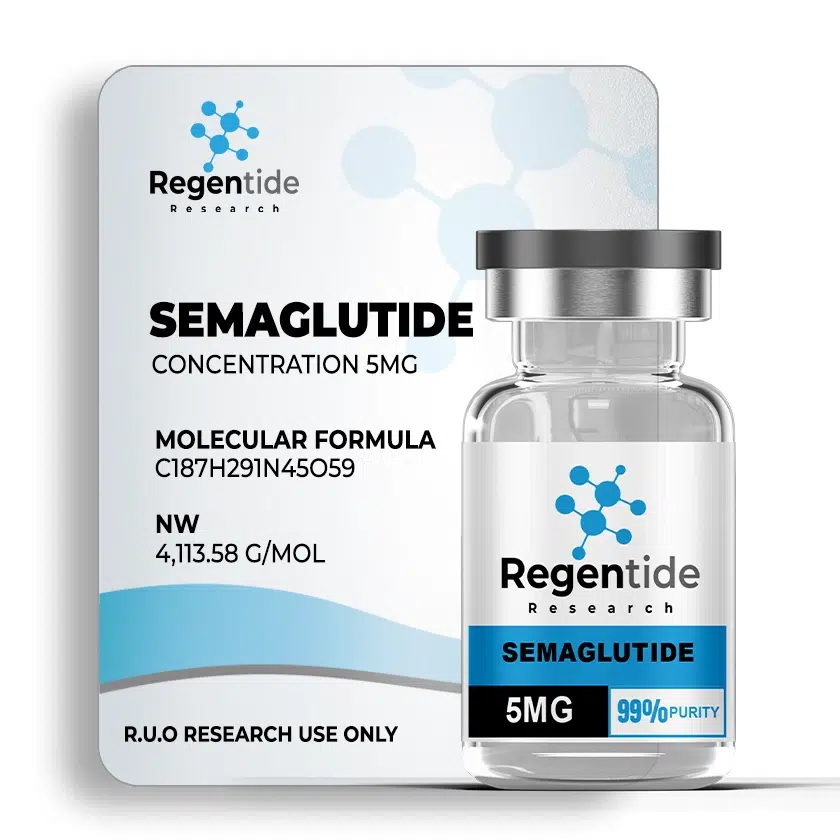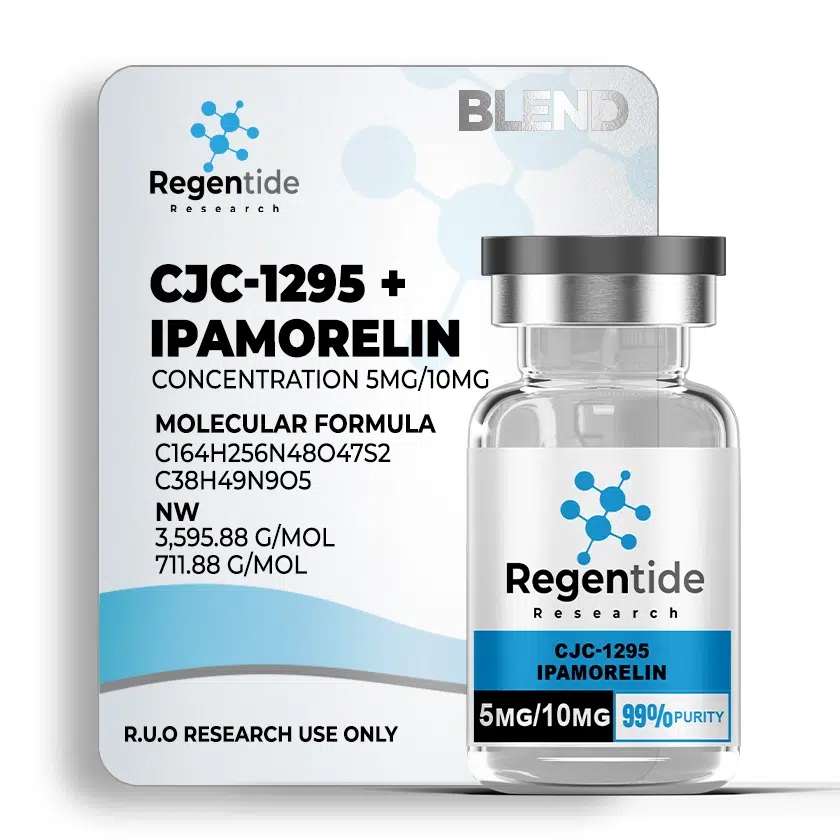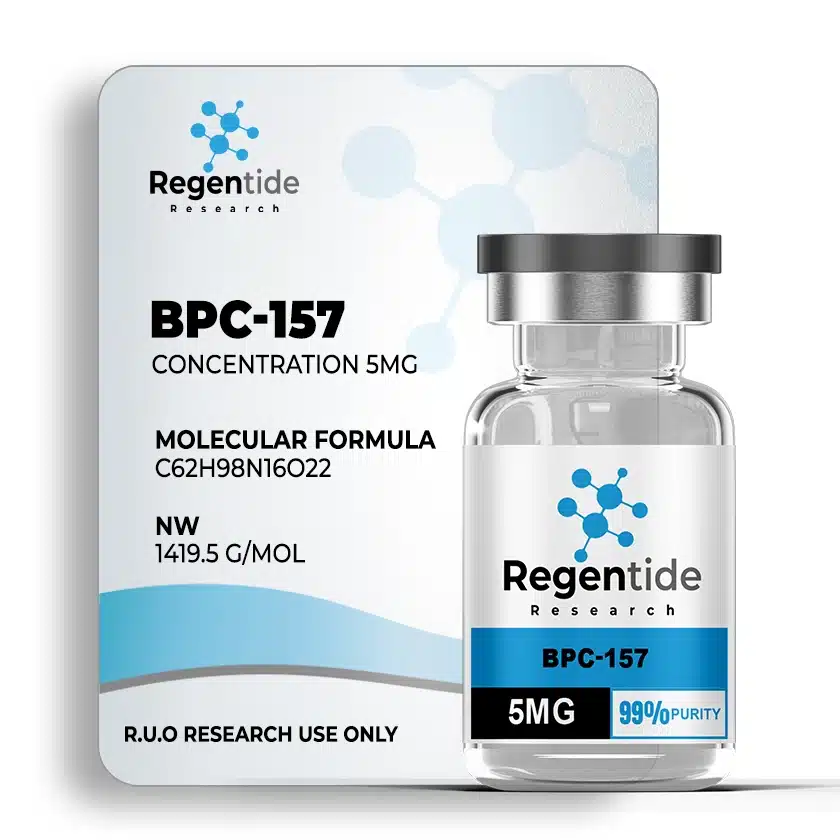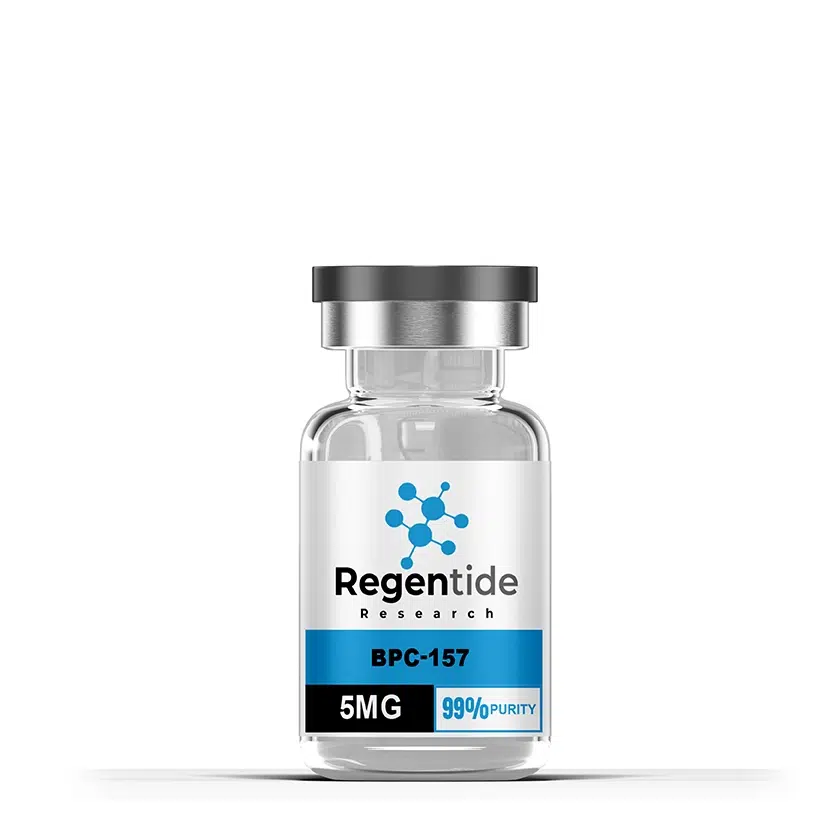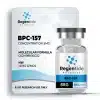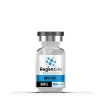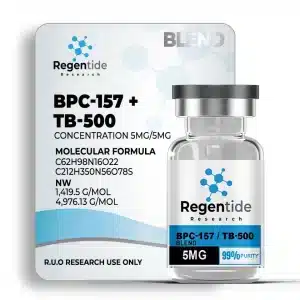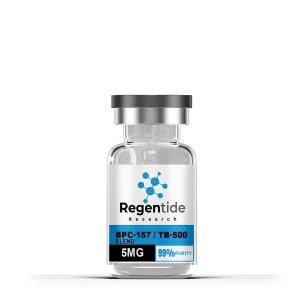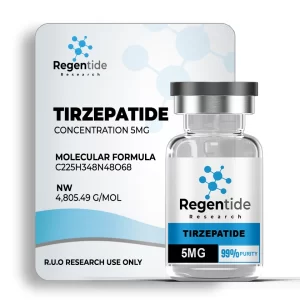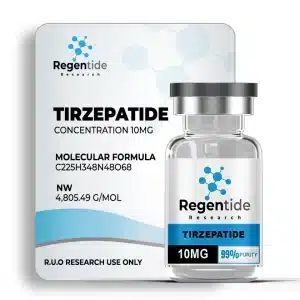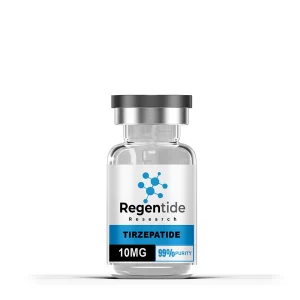BPC-157 5mg
$29.99
BPC-157 is a synthetic peptide derived from a partial sequence of Body Protection Compound (BPC), a protein naturally found in gastric juices. It is widely studied for its potential role in tissue repair and healing processes.
- Mechanism of Action: BPC-157 promotes angiogenesis (the formation of new blood vessels), enhances cell migration, and supports the repair of tissues, including tendons, ligaments, muscles, and the gastrointestinal tract. It also has potential anti-inflammatory and cytoprotective properties, making it a subject of interest in regenerative research.
This compound is intended exclusively for research purposes and is not approved for human consumption. Proper handling by qualified professionals in a controlled research environment is required.
*These peptides are in Lyophilized and must be reconstituted with BAC water!
THIS PRODUCT IS INTENDED AS A RESEARCH CHEMICAL ONLY. This designation allows the use of research chemicals strictly for in vitro testing and laboratory experimentation only. All product information available on this website is for educational purposes only. Bodily introduction of any kind into humans or animals is strictly forbidden by law. This product should only be handled by licensed, qualified professionals.

46 in stock
Description
BPC-157 (Body Protection Compound-157)
BPC-157 is a synthetic pentadecapeptide derived from a sequence found in human gastric juice. Composed of 15 amino acids, BPC-157 has been extensively studied in in vivo and in vitro settings for its potential to modulate wound healing, angiogenesis, inflammation, and neuroprotection. Its regenerative activity appears to involve direct interaction with growth factors, nitric oxide pathways, and extracellular matrix signaling molecules, making it a unique candidate for tissue repair and recovery research.
Preclinical studies have shown that BPC-157 may accelerate healing in tendons, ligaments, muscle, skin, and nervous system tissue, often without the need for co-administered growth factors or stem cells. It is stable in gastric environments and is water-soluble, which has allowed it to be studied via multiple administration routes, including oral, subcutaneous, and intraperitoneal in non-human models.
Chemical Makeup
-
Sequence: Gly-Glu-Pro-Pro-Pro-Gly-Lys-Pro-Ala-Asp-Asp-Ala-Gly-Leu-Val
-
Molecular Formula: C62H98N16O22
-
Molecular Weight: 1419.54 g/mol
-
Form: Lyophilized powder
-
Solubility: Water-soluble
-
Stability: Stable in aqueous solutions and low pH environments
Research & Preclinical Investigations
Musculoskeletal and Tendon Repair
BPC-157 has been shown in rodent models to accelerate tendon outgrowth, improve collagen organization, and restore mechanical function in surgically transected ligaments and tendons. It may activate fibroblast migration, promote the expression of VEGF, and enhance angiogenesis in injured connective tissue.
Gastrointestinal and Mucosal Protection
Due to its origin in gastric tissue, BPC-157 has been widely studied for its cytoprotective effects in the gastrointestinal tract. Animal studies indicate protection against NSAID-induced lesions, inflammatory bowel injury, and esophageal, stomach, and intestinal ulceration via modulation of inflammatory cytokines and epithelial restitution.
Neurological and Vascular Research
In models of traumatic brain injury, spinal cord damage, and peripheral nerve crush, BPC-157 has shown potential neuroprotective effects. It may modulate dopaminergic and serotonergic systems, and influence neuronal plasticity, as well as reduce oxidative stress and vascular leakage in ischemia models.
Anti-Inflammatory and Angiogenic Activity
BPC-157 appears to reduce systemic inflammation by suppressing pro-inflammatory cytokines (e.g., TNF-α, IL-1β) while enhancing nitric oxide (NO) production, promoting blood vessel formation, and improving microcirculation in damaged tissue. This has led to interest in its application to soft tissue recovery, wound closure, and cardiovascular models.
Research Use Only
BPC-157 is provided strictly for in vitro and in vivo laboratory research purposes. It is not intended for human use, medical therapy, or diagnostic procedures. All research must be conducted under applicable institutional safety protocols.
References
-
Sikiric P, et al. BPC 157 and blood vessel healing. Curr Pharm Des. 2018;24(18):2000–2023.
-
Chang CH, et al. BPC-157 accelerates tendon healing in rat models. J Orthop Res. 2011;29(6):976–983.
-
Vukojević J, et al. Gastrointestinal, liver, and brain protection by BPC-157: How it works and what could it mean? Curr Med Chem. 2020;27(5):707–726.
-
Seiwerth S, et al. BPC 157 and its role in cytoprotection and healing mechanisms. J Physiol Pharmacol. 2014;65(5):613–621.

